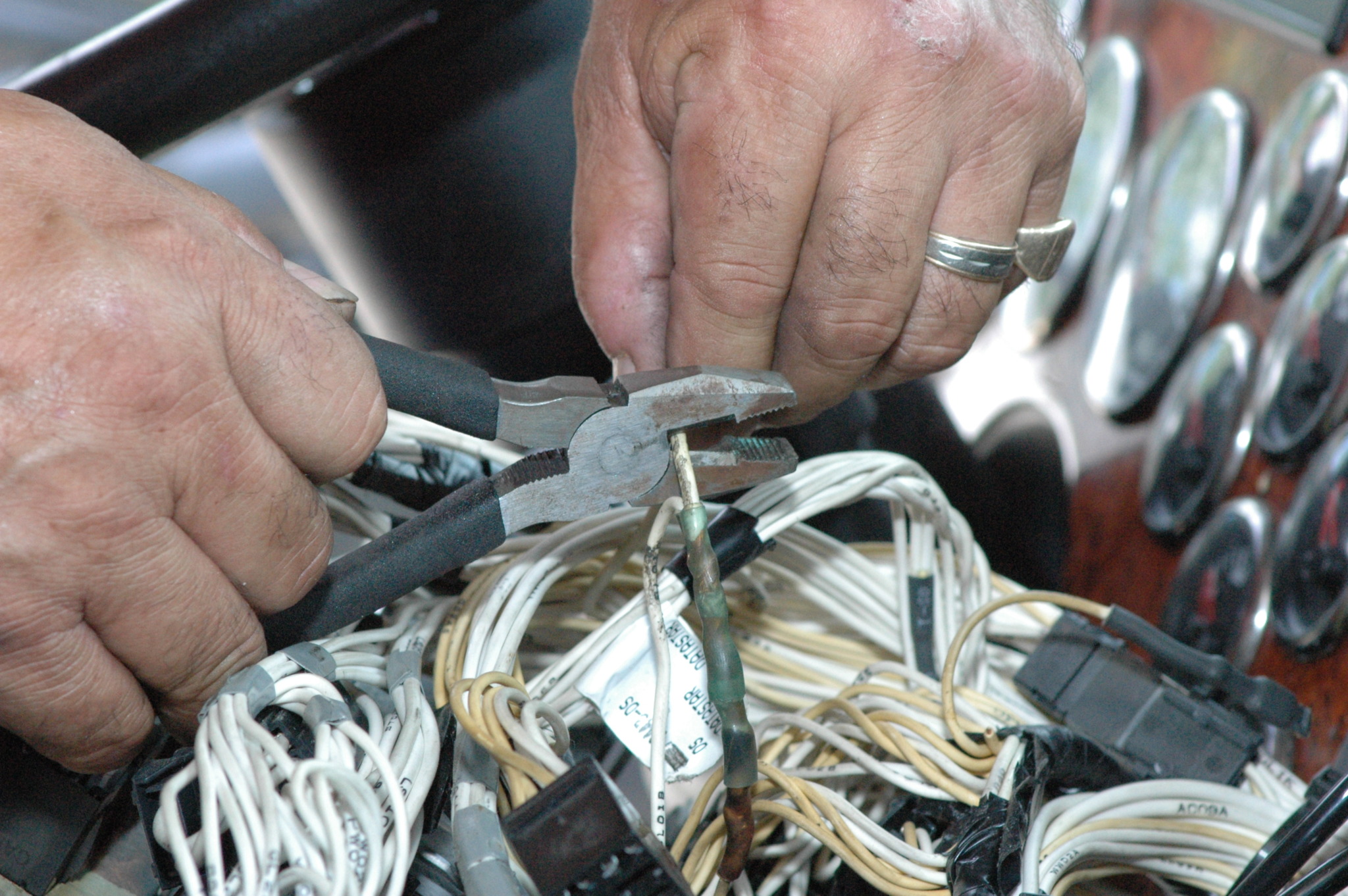Top Tips for Effective Electrical System Troubleshooting
Troubleshooting electrical systems needs a methodical method, based in a thorough understanding of electrical principles and security procedures. The subtleties of effective troubleshooting prolong past simple technological understanding; understanding how to record searchings for and focus on safety and security can significantly influence outcomes.
Understand the Fundamentals
Comprehending the essentials of electric systems is necessary for effective troubleshooting, as a solid structure permits technicians to identify and resolve concerns much more efficiently. A comprehensive grasp of electric principles, such as voltage, present, resistance, and power, is important in recognizing the origin of problems. Voltage is the electrical potential distinction that drives existing with a circuit, while resistance opposes the flow of current, influencing the total functionality of the system.
Familiarity with circuit parts, including resistors, capacitors, diodes, and changes, is additionally vital. Each component plays a distinctive function in circuit actions and can impact efficiency when malfunctioning. Additionally, understanding collection and identical circuit setups is vital, as these setups influence the circulation of voltage and current within the system.
Technicians should be aware of potential hazards, such as shock and short circuits, to carry out risk-free troubleshooting practices. By grasping these fundamental concepts, service technicians boost their capacity to carry out reliable diagnostics and repair work, inevitably leading to boosted efficiency and reliability of electric systems (electrical system troubleshooting).
Gather Necessary Equipment
Efficient troubleshooting of electric systems needs the best set of devices to detect and deal with problems accurately. Essential devices include a multimeter, which measures voltage, existing, and resistance, enabling for exact examinations of electrical elements.
Additionally, insulated hand devices such as screwdrivers, pliers, and wire pole dancers are vital for safely adjusting electrical links. It is likewise advisable to have a circuit tester accessible to confirm the visibility of voltage in outlets and cords. For more complicated systems, a thermal imaging video camera can aid identify overheating components, showing potential failures.

Adhere To a Methodical Strategy
Having gathered the appropriate tools, the next step in fixing electrical systems is to follow a systematic Get the facts strategy. A systematic method ensures that service technicians can determine mistakes effectively and accurately, reducing downtime and stopping unneeded repair services.
Begin by assessing the system's schematic representations and specifications. Recognizing the style and operational parameters will give context for detecting issues. Next, separate the problem area by using a procedure of elimination. This entails monitoring each part methodically, beginning with the power source and working towards the tons.
Make use of screening tools, such as multimeters and oscilloscopes, to collect unbiased information regarding voltage, present, and resistance at numerous points within the system. This empirical proof will guide your troubleshooting initiatives and help to confirm or get rid of potential reasons for failure.
In addition, take into consideration ecological aspects that might influence the system's efficiency, such as temperature level variations or wetness access. An extensive evaluation of electrical wiring, links, and elements will certainly guarantee that all possibilities are represented.
File Your Findings
Thorough documents is crucial in the fixing process of electric systems. This technique not just help in understanding the root reason of the issue yet likewise serves as a recommendation for future troubleshooting initiatives.

Furthermore, keeping a log of parts changed or repair services carried out is very useful. This details supports inventory management and can help evaluate the longevity and reliability of certain elements.
Ultimately, the paperwork process should be extensive yet succinct, enabling easy access and testimonial - electrical system troubleshooting. By focusing on detailed documents, service technicians can develop a valuable data base that not only help in existing troubleshooting yet additionally empowers future upkeep efforts, therefore enhancing general system dependability

Prioritize Precaution
Recognizing the inherent threats linked with electric systems is vital for ensuring safety throughout troubleshooting. Electric shock, burns, and equipment damages are simply a few of the potential threats that specialists deal with. Focusing on precaution is not only a legal obligation but additionally a moral important that safeguards both the service technician and the surrounding setting.
Before starting any type of troubleshooting job, technicians need to don suitable personal protective devices (PPE), consisting of insulated gloves, safety and security glasses, and flame-resistant garments. Making sure that the workspace is completely dry and complimentary of mess can significantly decrease the danger of crashes. It is important to de-energize circuits prior to beginning any work, validating that they are not live through the use of a multimeter this website or voltage tester.
Developing clear interaction methods with employee is likewise important; this guarantees that every person is aware of potential hazards and the condition of the electric system being serviced. Finally, having an emergency situation action plan in place can verify invaluable in the event of a case. By focusing on precaution, professionals can efficiently mitigate risks and cultivate a safer workplace.
Conclusion
Efficient electric system repairing depends on an extensive understanding of basic principles and a methodical method. Prioritizing safety and security steps makes sure the well-being of individuals included and the honesty of the electrical system.